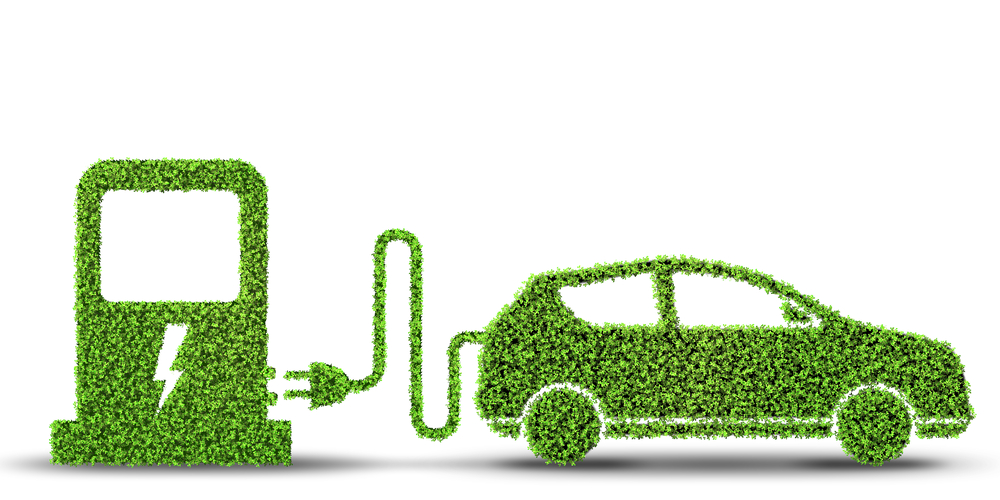Introduction:
In recent years, the automotive industry has undergone a remarkable transformation with the rise of electric vehicles (EVs) as a viable and sustainable alternative to traditional internal combustion engine vehicles. Leading this charge is Tesla, the electric vehicle pioneer founded by entrepreneur Elon Musk. Tesla’s innovative approach to EV technology and its relentless pursuit of sustainability have not only reshaped the automotive landscape but also accelerated the global transition to electric transportation. In this comprehensive article, we will delve into the evolution of electric vehicles, Tesla’s impact on the automotive industry, and the implications for the future of mobility and sustainability.
The Rise of Electric Vehicles:
The concept of electric vehicles dates back to the early days of automotive history, but it wasn’t until the late 20th century that significant advancements in battery technology and environmental concerns sparked renewed interest in EVs. Governments, automakers, and consumers began to recognize the potential of electric vehicles to reduce greenhouse gas emissions, mitigate air pollution, and decrease dependence on fossil fuels.
In the early 2000s, several automakers introduced electric vehicles to the market, albeit with limited range, performance, and mainstream appeal. However, it was Tesla Motors, founded in 2003 by Elon Musk, that revolutionized the electric vehicle industry with the introduction of the Tesla Roadster in 2008. The Roadster, a high-performance sports car powered by lithium-ion batteries, showcased the potential of electric propulsion and laid the foundation for Tesla’s future success.
Tesla’s Impact on the Automotive Industry:
Since its inception, Tesla has become synonymous with innovation, disruption, and sustainability in the automotive industry. Here are some key ways Tesla has impacted the automotive landscape:
- Advancements in EV Technology: Tesla has pushed the boundaries of electric vehicle technology, setting new standards for range, performance, and charging infrastructure. Its lineup of electric cars, including the Model S, Model 3, Model X, and Model Y, offers industry-leading range, acceleration, and software features that rival or surpass traditional combustion engine vehicles.
- Charging Infrastructure: Tesla has invested heavily in building a network of Supercharger stations, strategically located along major highways and travel routes, to facilitate long-distance travel for electric vehicle owners. This extensive charging infrastructure addresses range anxiety and accelerates the adoption of electric vehicles by providing convenient and reliable charging options.
- Autonomous Driving: Tesla has pioneered the development of autonomous driving technology, equipping its vehicles with advanced driver assistance systems (ADAS) and semi-autonomous features such as Autopilot and Full Self-Driving (FSD) capabilities. While fully autonomous driving remains a work in progress, Tesla’s approach to self-driving technology has pushed the automotive industry towards a future of autonomous mobility.
- Market Disruption: Tesla’s success has disrupted the automotive market and forced traditional automakers to accelerate their transition to electric vehicles. Major automakers have announced ambitious electrification plans, unveiling electric vehicles to compete with Tesla’s offerings and meet evolving consumer demand for sustainable transportation.
- Environmental Impact: By promoting sustainable transportation and reducing reliance on fossil fuels, Tesla has made significant contributions to environmental conservation and climate change mitigation. Electric vehicles produce zero tailpipe emissions, resulting in lower greenhouse gas emissions and improved air quality compared to traditional gasoline-powered vehicles.
Implications for the Future:
The impact of Tesla and electric vehicles extends far beyond the automotive industry, with profound implications for energy, technology, and society:
- Energy Transition: The widespread adoption of electric vehicles has the potential to reshape energy markets and accelerate the transition to renewable energy sources such as solar and wind power. Electric vehicles serve as mobile energy storage units, enabling vehicle-to-grid (V2G) integration and grid stabilization through smart charging and energy management.
- Urban Mobility: Electric vehicles play a critical role in shaping the future of urban mobility, offering sustainable transportation solutions for cities grappling with congestion, pollution, and environmental degradation. Electric buses, taxis, and ridesharing services contribute to cleaner air, quieter streets, and enhanced quality of life in urban areas.
- Energy Independence: Electric vehicles reduce dependence on imported oil and fossil fuels, enhancing energy security and resilience. By electrifying transportation, countries can diversify their energy sources, reduce geopolitical risks, and promote domestic energy production and innovation.
- Technological Innovation: The electrification of transportation spurs innovation in battery technology, electric drivetrains, charging infrastructure, and energy storage systems. Advances in electric vehicle technology have far-reaching implications for industries such as manufacturing, materials science, and renewable energy.
Conclusion:
Tesla’s impact on the automotive industry and the rise of electric vehicles represent a transformative shift towards sustainable transportation and clean energy. By challenging conventional wisdom, pushing technological boundaries, and fostering a culture of innovation, Tesla has accelerated the transition to electric mobility and reshaped the future of transportation. As electric vehicles become increasingly mainstream and affordable, they have the potential to revolutionize how we move people and goods, reduce our carbon footprint, and create a more sustainable and equitable world for future generations. Through continued investment in research, development, and infrastructure, we can unlock the full potential of electric vehicles and usher in a new era of mobility that is cleaner, safer, and more efficient than ever before.
